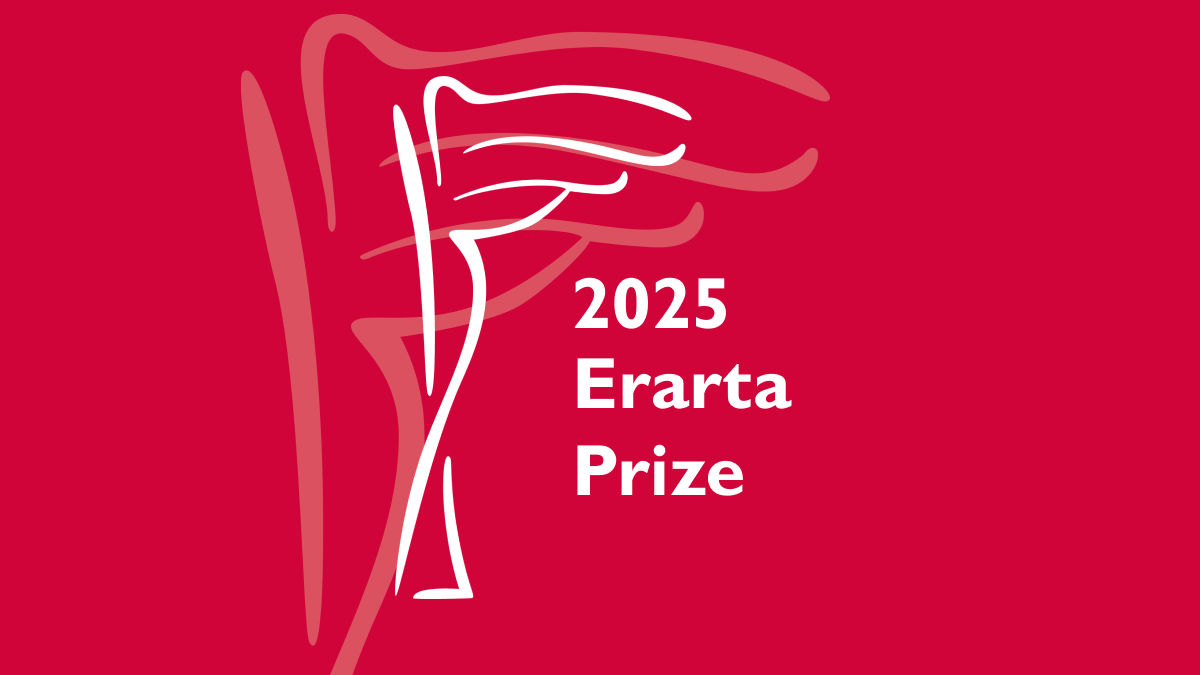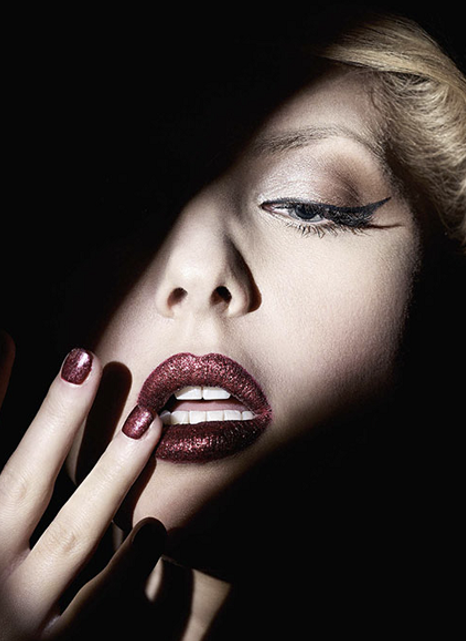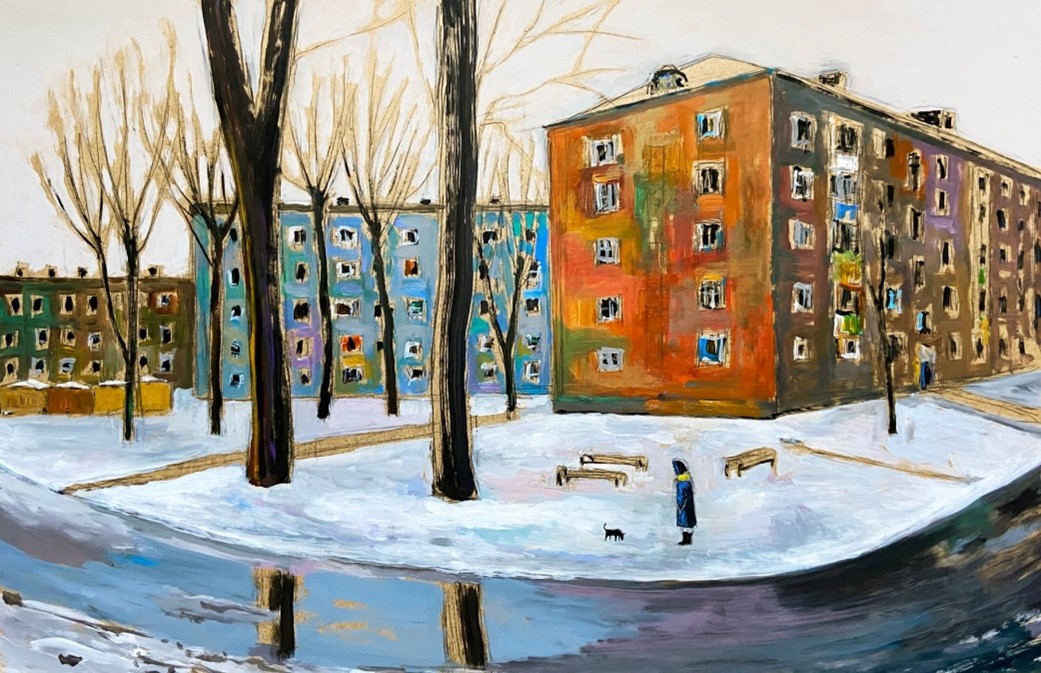Erarta museum and galleries present a new group exhibition "View east, view West" as a part of the project "The Netherlands-Russia" year 2013
Erarta presents the new “View East, View West” exhibition project, a part of the “year of friendship between Russia & The Netherlands 2013” bilateral collaboration between the two countries. For St. Petersburg, which has a cultural connection with the Netherlands dating all the way back to the times of its founder, Peter the Great, the exhibition is especially important in finding common ground and touch points in development of contemporary art of the two different cultures.
“View East, View West” is both a European artistic view of Russia, an attempt to evaluate Russian social and cultural scene via contemporary art and a new view of young Russian artists of the European art world and their perception of new Western mainstream art market.
Since the beginning of the Post-Modern era, the degree of national recognition in the world of visual arts has been reduced to insignificant contextual manifestations. Nonetheless, having gone through very different paths of development, both Russian and Dutch art continue to carry reserves of traditional national identity. Painting continues to be the primary form of authentic Russian art – despite being an almost “lost” art form in Europe, it continues to be the dominant one in Russia. Most works in this exhibition are also paintings and for Dutch artists it also represents homage to their national traditions. Distinctive visual codes, which direct us towards visual forms from the history of Dutch art, can be easily recognized in the contemporary Dutch works. Inspired by the Old Masters, contemporary Dutch artists continue to use the symbolism of the traditional Dutch genre and landscape paintings.
The exhibition was preceded by the process of international exchange between two artistic groups – the Dutch “Artcetera” Foundation and the “Nepokorennye” studio of St. Petersburg. As part of the project, during alternating visits to Russia and the Netherlands, the participating artists have created new works of art, dedicated to the differences and similarities of aesthetic perceptions of the two cultures.
The results of joint ideological and visual searching were first exhibited in the Netherlands in the town of Groningen at the Northern Maritime Museum (Noordelijk Scheepvaartmuseum).
Today, as a modern variation of the return of the “Grand Embassy” of Peter the Great from the Netherlands back to Russia, the works of the artists of the “Nepokorennye” studio and “Artcetera” Foundation arrive at Erarta Museum. If some time in the past, Peter the Great went incognito to the Netherlands in order to learn the craft of ship building and upon his return brought back unusual items back to Russia as part of his “cabinet of curiosities” (later transformed to the Kunstkamera museum), now, many years later on, the group of Dutch artists originally skilled in a different field, for whom art was a newfound calling, have arrived to Russia in order to exchange experiences with the artists of the “Nepokorennye” studio.
Artists of the “Nepokorennye” studio are representatives of a new intellectual-pop-media Russian art, oriented towards a progressive audience. The key features of their works are decorativeness and rationalism. It’s not by coincidence that it’s precisely these artists who most often represent the contemporary Russian art scene in different European exhibitions and festivals and get awarded international grants. The “Nepokorennye” studio was founded in 2007 as a first workshop in St. Petersburg for young artists and it brought together those who have just graduated from the St. Petersburg State Art and Industry Academy (known as “Mukhinskoe Uchilische”). Now, the “View East, View West” exhibition showcases works, created especially for this dual project by artists who have already made a noticeable impression on the St. Petersburg art scene - Stas Bags, Tatiana Podmarkova, Tatiana Akhmetgalieva, Irina Drozd, Ivan Plush, Ilia Gaponov, Simon Motolianets and Alan Khatyghty.
The Dutch “Artcetera” Foundation is a union of artists, for whom the pursuit of art came after professional qualifications in other areas and industries, such as medicine, education, marketing and others. It was established in 2007 when having completed a special art course, the artists started their joint exhibition activities. Incidentally, that year also coincided with the start of the “Nepokorennye” Social issues and the constant search for the identity of self through using traditional Dutch artistic methods is what unites all these different artists. On the side of the “Artcetera” Foundation, the exhibition showcases over 50 works of Dutch artists Sietske Bosma, Gea Shmidt, Anja Nutters, Alice Koopmans, Maria Visser, Dettha Erasmus, Anja Knoopers and Ans van Genderen.
The common key underlying theme of the artistic discussion for the Dutch and Russian artists is the aesthetic understanding of each other. Their common language becomes one of artistic expression and visual forms. And if the “Nepokorennye” are showcasing works, which are dedicated to the differences of various stylistic and cultural traditions in Russia and the Netherlands, the works of artists from the “Artcetera” foundation is, on the contrary, dedicated to the task of finding visual similarities of the two countries’ cultures.
In this project, the “Nepokorennye” are largely focused on the formal self-identification of the Russian artist. By trying to gain a foothold in the European art scene, they present their results in new media art forms, akin to unusual and curious exhibits once brought back to Russia from the Netherlands by Peter the Great. The fusion of painting and polyethylene, art objects with spinning human bones, a painting co-created in collaboration with a drawing machine and box installations – such are the outcomes of their journey to the Netherlands.
The “Artcetera” group focuses much more on social issues. By finding a common touch point with Russian art in traditional painting techniques, the Dutch artists raise issues of protecting the surrounding environment and freedoms, as well as analyze the visual similarities between Dutch and Northern Russian traditional national dresses.
The polar opposite views and visions of East and West morph together in this exhibition into one united act of Russian and Dutch artistic co-creation.
Elizaveta Shagina










